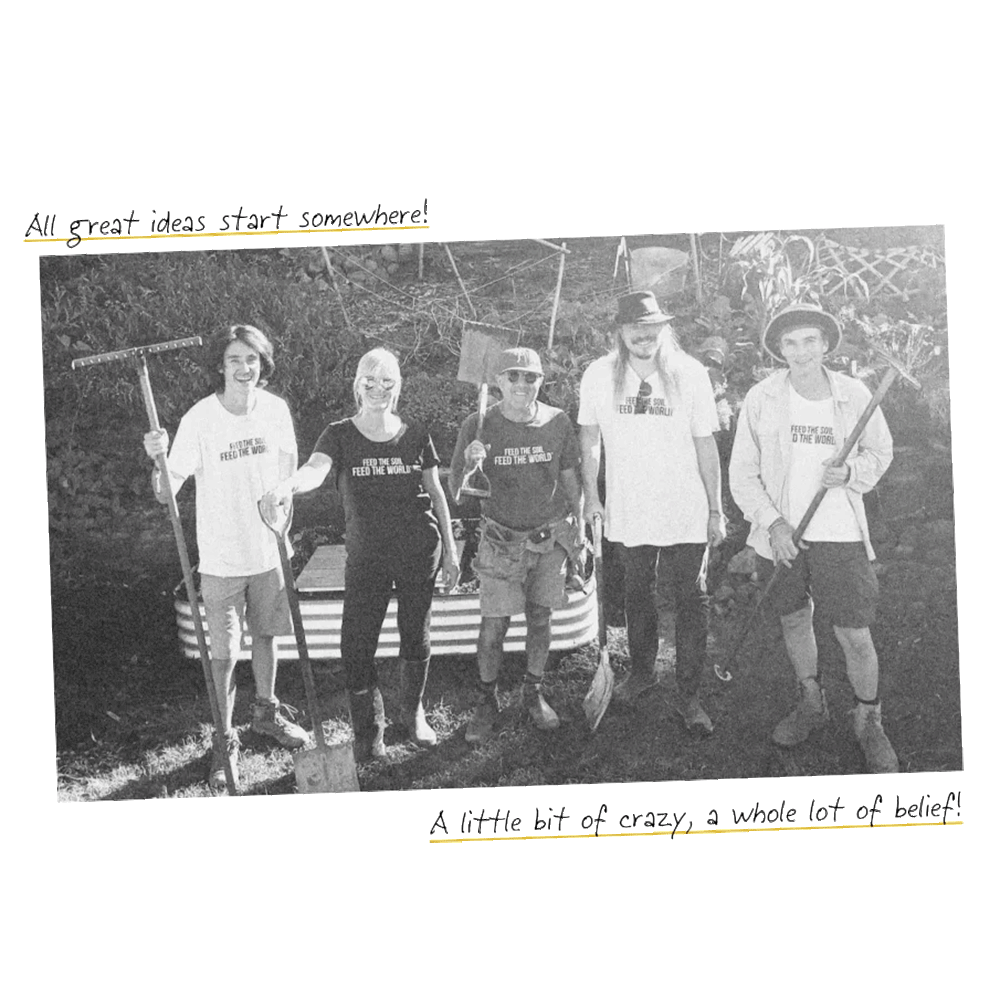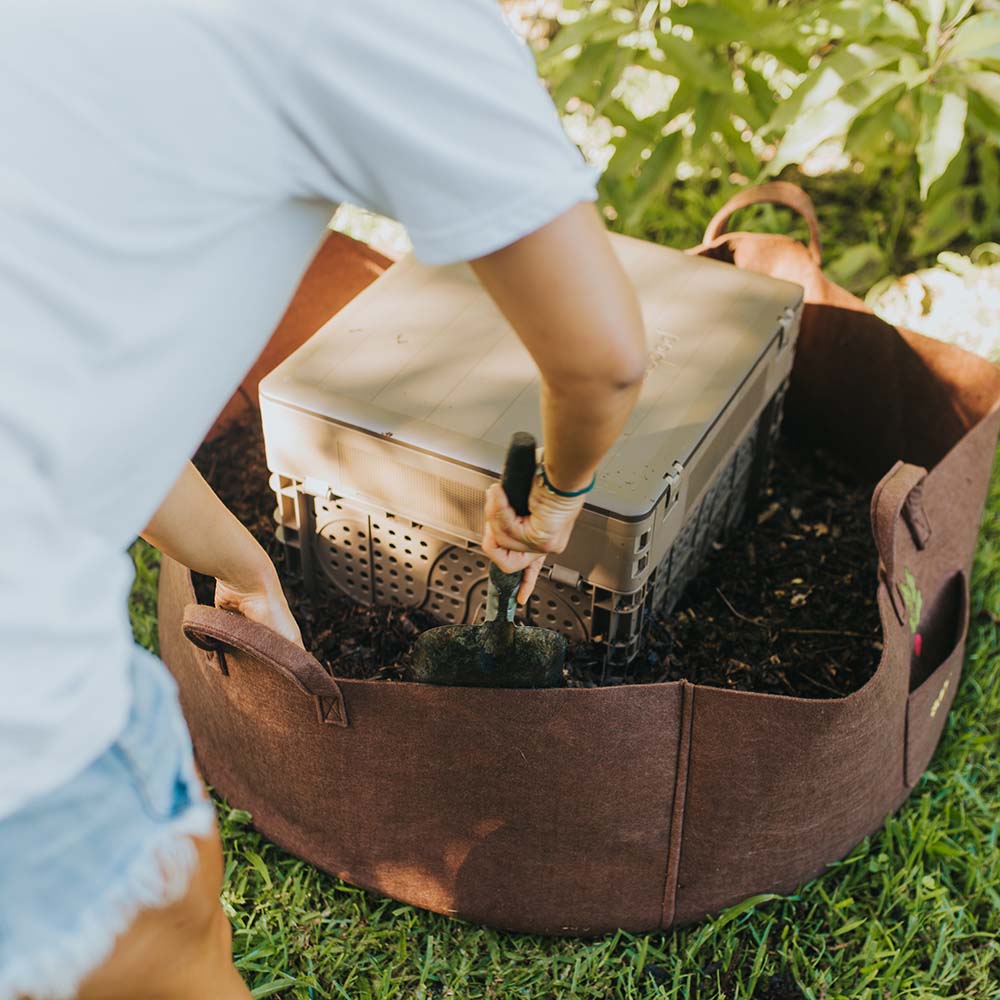Can you Compost Cheese
In this article:
Cheese is one of those delicious foods that sneak its way onto our tables and into our hearts, no matter where we’re from in the world! A nutritious complement to thousands of recipes as well as holding its own as a standalone snack, eating cheese isn’t without its controversies! Mum might like blue cheese, dad might hate it. The kids can’t choose between gouda and cheddar!
Those controversies don’t end in the kitchen… oohhh no, they extend to the compost bin too! ‘Can you compost cheese?’ is one of the most asked questions in the composting world, and possibly one of the most divisive. There’s a clear divide, with many saying it should be avoided altogether.
We want to tell you that you can compost cheese, it’s just not as straightforward as other organic materials. But with a few extra steps and some precautions, your leftover cheese can be fed back to the soil and turned into nutrient-rich compost!
We’re going to show you how to do that, but first, there’s something we need to clear up.

Is Cheese Considered to be 'Green' or 'Brown'?
One of the first things to get your head around when you start composting is that organic materials can be divided into ‘greens’ and browns’. Green materials are rich in nitrogen and higher in moisture content. They include most of your food scraps from the kitchen, as well as freshly cut grass or recently pulled weeds. Note, often ‘greens’ aren’t green in colour!
Browns are higher in carbon content and are drier than greens. Dead leaves, sawdust, cardboard and shredded paper are all examples of brown materials. Browns are more likely to be brown in colour!
Cheese would definitely be a ‘green’ material when it comes to composting. This is important because you need to ensure it gets added to your compost bin with the correct ratio of brown materials. A good rule of thumb is to add one part of greens to two or three parts of browns.
If this ratio is done correctly, your compost retains a good structure and stays aerated. Water retention is optimised and moisture levels are kept constant. You can always adjust the ratio if need be, for example, if it's too moist, add some extra brown materials to dry things out. If your compost is too wet and smelly, your ratio is out and needs adjusting!
Can You Compost Cheese Wax As Well?
Before we delve into the nitty gritty about how to compost cheese, we have to address whether you can compost cheese wax as well. The reason is, we really don’t want you to throw your cheese wax into the compost bin! It might be biodegradable, but cheese wax isn’t compostable.
Cheese wax is usually made from products like microcrystalline wax and petroleum, which are petroleum-based. These synthetic materials take years to break down - centuries even! Ain’t nobody got time for that.
Luckily though, due to its components and texture, we can recycle cheese wax and use it for other things. Campers often make use of it for starting their campfire, because it lights up really nicely thanks to its petroleum makeup. It’s soft and pliable too, able to be moulded into different shapes and used to entertain kids!

Can You Compost Cottage Cheese?
Cottage cheese is a soft curd cheese product that will decompose in your compost bin. Like a standard harder cheese, cottage cheese can be composted. Care needs to be taken to add it with the right mixture of brown materials to balance out the moisture levels. Too much cottage cheese and your compost bin will turn into a smelly mess!
In short, yes you can compost cottage cheese, but with extra care. Follow the below steps on how to compost cheese and you’ll have success with it!
How to Compost Cheese
Cheese is an animal product, which is one of the reasons some composters steer clear of it. Animal products can become odorous in the composting process, which isn’t ideal if you’re living in an urban area with neighbours close at hand.
Cheese also has a high fat and oil content, and these generally take a long time to break down. The dense texture of cheese also extends this time and can lead to smelly anaerobic conditions arising in your compost bin.
There’s good news though, because with just a few extra steps composting cheese is very possible. This is what you should do.
Break Up the Cheese
Most cheese is pretty hard, so breaking it up speeds up the composting process considerably. It presents more surface area and smaller chunks for decomposition, which is far more preferable than a big lump being tossed into your compost. This rule applies to all organic materials, so don’t be shy of chopping up anything to get composted!
Compost Smaller Quantities of Cheese
Overloading your compost bin with a single organic material will always be a bad idea. With cheese, we recommend only adding smaller amounts. Add too much and you could end up with a big, smelly, anaerobic mess.
Mix the Cheese with Brown Materials
Cheese is high in nitrogen and is considered a green material, so you need to add an adequate amount of brown materials to optimise the composting conditions. The browns will provide the structure and airflow needed for decomposition. If your compost bin seems too wet after adding cheese, or it begins to smell, the first thing to do is add some browns!
Aerate Your Compost
When you add the cheese, you should mix it in and aerate your compost. Follow this up with regular aerating to ensure there is adequate oxygen available for the decomposition process to occur.
Place the Cheese in the Middle of the Compost
If you are using traditional composting methods or hot composting, burying the cheese in the middle of the pile will make it less accessible to pests and rodents. It’s also where your compost is hottest, so the high temperatures will help break the cheese down faster.
How to Compost Cheese with Subpod
Vermicomposting is when worms and microbes are used to create compost out of organic waste. This is the process that Subpod employs in our home composting systems, and we love it because it’s efficient, it’s easy and the ‘black gold’ compost it produces is high in nutritional value.
Many composters would advise you to steer away from cheese if you’re vermicomposting. Worms don’t like the oils and fats in dairy products and will steer clear of it when added to your worm farm. They’re right on that point, but with a Subpod vermicomposting system you can actually compost cheese. Here’s why.
Subpod comes with strategic ‘worm flow’ holes allowing worms to move from inside the Subpod to the surrounding garden bed. If you add a product like cheese in, which worms aren’t fond of, they can just move out of the Subpod to the soil around it. The microbes and microorganisms left behind will take care of the cheese, and the worms will return when they’re done!
If you follow the above steps on how to compost cheese, you can compost moderate amounts of cheese in your Subpod. Subpod is a smell-free and pest-resistant system, so if you’re in an inner city location with neighbours nearby, they’re not going to kick up a stink! What’s more, the flexibility of our systems means that no matter the size of your outdoor space, you can get composting and gardening today. Have a look at our products and let's all fight food waste together!





